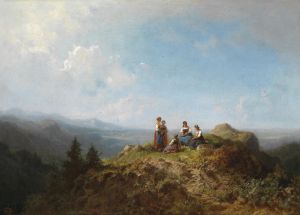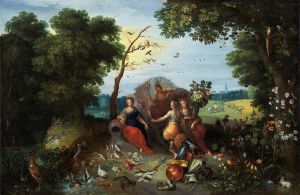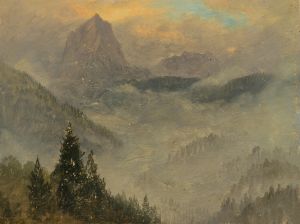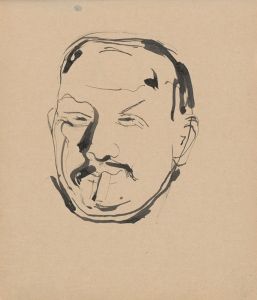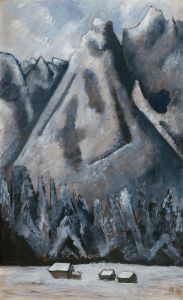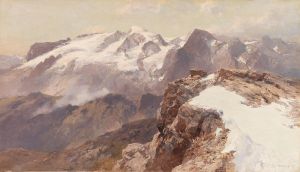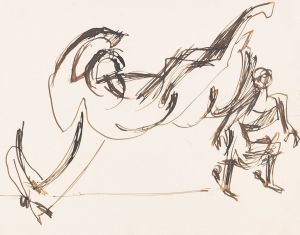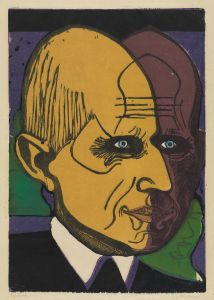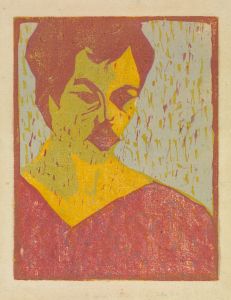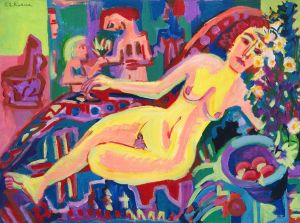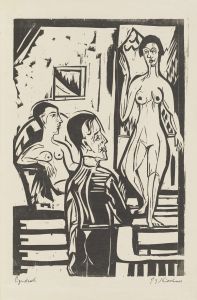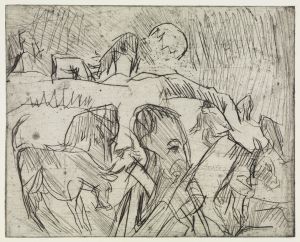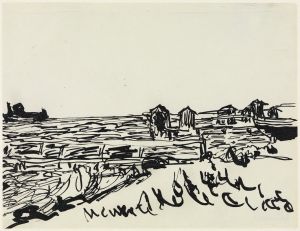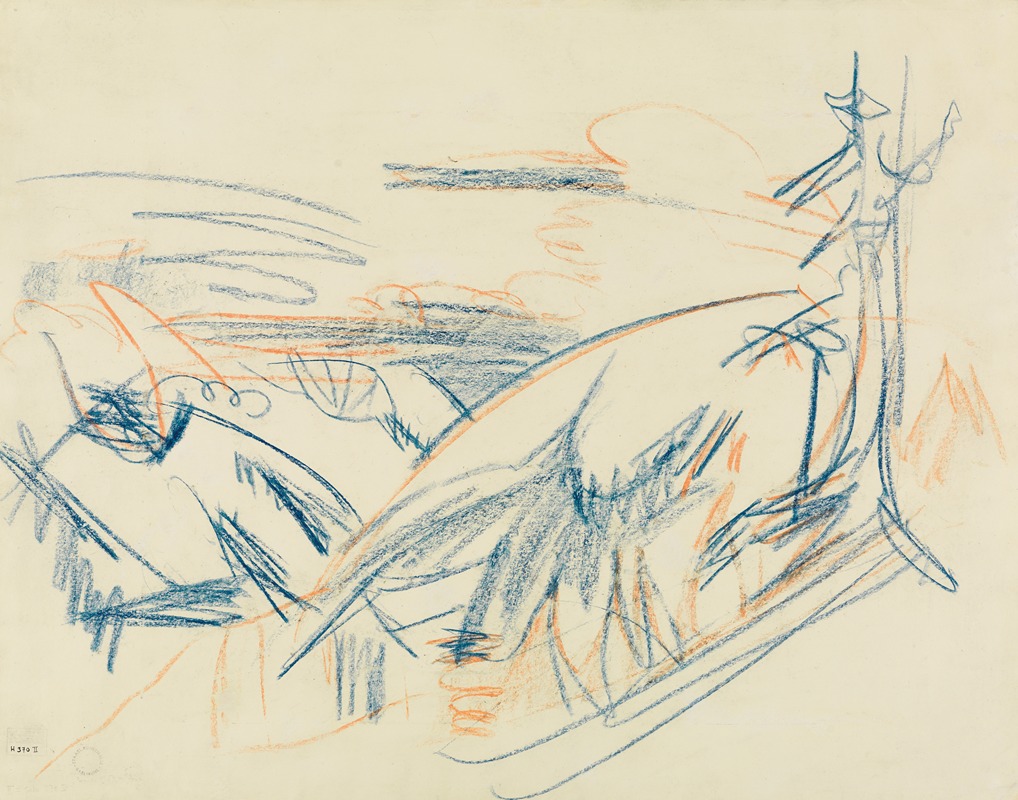
Blaurote Gebirgslandschaft
A hand-painted replica of Ernst Ludwig Kirchner’s masterpiece Blaurote Gebirgslandschaft, meticulously crafted by professional artists to capture the true essence of the original. Each piece is created with museum-quality canvas and rare mineral pigments, carefully painted by experienced artists with delicate brushstrokes and rich, layered colors to perfectly recreate the texture of the original artwork. Unlike machine-printed reproductions, this hand-painted version brings the painting to life, infused with the artist’s emotions and skill in every stroke. Whether for personal collection or home decoration, it instantly elevates the artistic atmosphere of any space.
Ernst Ludwig Kirchner's Blaurote Gebirgslandschaft (Blue-Red Mountain Landscape) is a painting created by the German Expressionist artist, who was a founding member of the influential art movement Die Brücke (The Bridge). This movement, established in 1905, sought to break away from traditional academic art and embraced a bold, modern style characterized by vivid colors, dynamic compositions, and emotional intensity. Kirchner's work often reflected his fascination with nature, urban life, and the human figure, and Blaurote Gebirgslandschaft is a notable example of his exploration of landscapes.
The painting depicts a mountainous scene rendered in a striking palette of blue and red tones, which are emblematic of Kirchner's Expressionist approach. Rather than striving for realistic representation, Kirchner used color and form to convey the emotional and spiritual resonance of the landscape. The angular shapes and dramatic contrasts in the composition reflect his interest in capturing the raw energy and vitality of nature. This approach aligns with the broader goals of Die Brücke, which sought to evoke a sense of immediacy and emotional depth in their art.
Kirchner created many of his landscape works during his time in the Swiss Alps, where he moved in 1917 after experiencing a mental and physical breakdown during World War I. The Alpine environment provided him with a sense of solace and inspiration, and his paintings from this period often feature bold, expressive depictions of the mountainous terrain. While it is unclear whether Blaurote Gebirgslandschaft was specifically painted during his time in Switzerland, the subject matter and style are consistent with his works from this phase of his career.
Kirchner's art was heavily influenced by non-Western art forms, particularly African and Oceanic art, which he admired for their perceived authenticity and directness. These influences can be seen in his simplified forms and the rhythmic, almost primal quality of his compositions. His work also reflects the broader Expressionist interest in exploring the inner emotional world of the artist and the viewer.
Today, Blaurote Gebirgslandschaft is recognized as an important example of Kirchner's contribution to modern art and the Expressionist movement. His innovative use of color and form continues to be celebrated for its ability to convey powerful emotional and psychological states. Kirchner's legacy as a pioneer of Expressionism remains influential, and his works are held in major art collections and museums worldwide.





